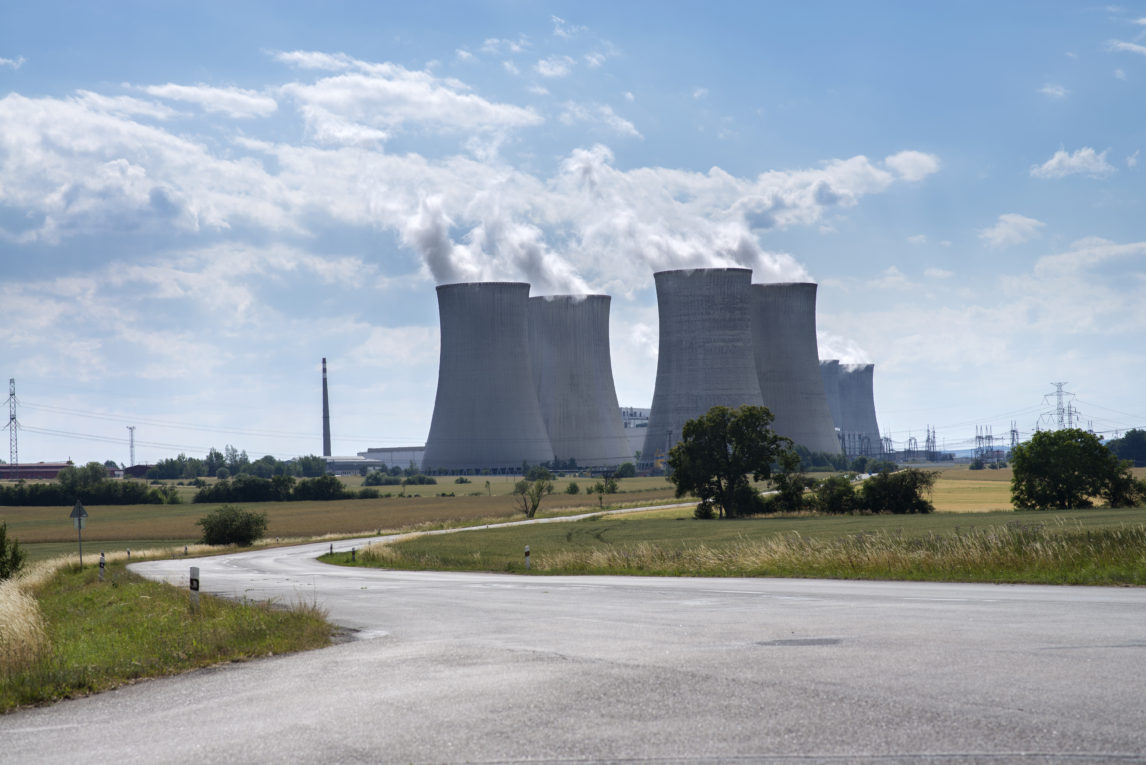To mark two nuclear anniversaries taking place within the coming weeks, Alliance for a Green Economy released a report on March 9, 2018. Fukushima Nuclear Catastrophe – 7 Years Later New York’s Upstate Nuclear Reactors: Still Expensive and Unsafe in an Era of Weak Enforcement provides specific examples and references that show New York is disregarding lessons from the 2011 Fukushima Daiichi nuclear disaster in Japan while requiring every electricity customer in New York to pay in to the subsidy to keep these aging and unsafe reactors operating.
March 11, 2018 marks seven years since an earthquake and tsunami led to meltdowns at three nuclear reactors at Fukushima and unleashed untold amounts of radiation into the environment. Approximately 470,000 residents were forced to evacuate from their homes with over 120,000 still living as internally displaced refugees because their towns are not yet, and may never be, decontaminated. The ongoing disaster will take many decades to resolve. It is estimated that cleanup and compensation will cost $180,000 billion.
“Here in New York, our hearts go out to those who are suffering the consequences of the Fukushima nuclear disaster,” said Jessica Azulay, program director of Alliance for a Green Economy and author of the report. “They are bearing the human costs of unbelievable hubris by nuclear companies and the regulators and governments who supported them. On this anniversary, we rededicate ourselves to learning from the mistakes that led to nuclear catastrophe and to holding our government and nuclear operators accountable for our public health and safety.”
April 1, 2018 marks another nuclear anniversary: one year since New York electricity customers began paying an expensive nuclear subsidy to four Upstate New York nuclear reactors. The subsidy program was approved by the New York Public Service Commission and is scheduled to run for 12 years with a total estimated cost of $7.6 billion to New York energy customers.
After enacting the subsidy program for Upstate nuclear reactors, the Public Service Commission promised that there would be an opt-out option for electricity customers who wish to support 100% renewable energy instead. This common-sense option was promised over a year ago but has not been made available.
Two of the subsidized reactors, Nine Mile Point 1 and FitzPatrick in Central New York, are Mark I Boiling Water Reactors with the same flawed containment design as the ones that melted down and exploded in Fukushima. Nine Mile Point 2 is a Mark II Boiling Water Reactor with similar design flaws. Both types compromise public safety in the case of a meltdown.
For the sake of approximately 1 million people living in the 50-mile emergency planning radii around these nuclear reactors, Alliance for a Green Economy, upstate New York’s primary nuclear watchdog organization, analyzed recent inspection reports and Nuclear Regulatory Commission (NRC) documents to answer the question: have we learned the lessons provided by the nuclear disaster in Japan?
The documents we reviewed show:
- Regulatory violations without penalties: 18 violations of Nuclear Regulatory Commission regulations were reported between March 2017 and February 2018 for the four Upstate reactors but no penalties or fines assessed.
- Weakened regulations at the request of nuclear operators in New York: at the request of Exelon, the NRC changed the requirement for what constitutes an “unusual event” regarding Lake Ontario flooding.
- Missed deadlines for fixing known safety and maintenance issues: FitzPatrick does not have a containment likely to be able to contain the pressure and radiation released by a meltdown but installation of a required vent has been delayed; Exelon is behind schedule for fixing numerous maintenance issues at FitzPatrick deferred by previous owner, Entergy, because of planned shutdown.
The four upstate nuclear reactors are old, and they have unaddressed design flaws and deferred maintenance. Yet they continue to receive concessions in the form of weakened regulations, violations without penalty, and lenient repair schedules from the federal government. Meanwhile, New York State continues to grant them an extra $1.3 million per day in subsidies paid by nearly every electricity consumer in New York.
“We can and must transition to a 100% renewable energy supply to protect ourselves from the dual risks of catastrophic climate change and radiological disaster,” said Azulay. “Wasting public money on aging and dangerous reactors is an appalling misuse of our resources that could and should be going toward building a cleaner, safer, and more affordable energy system.”
Analysis by Alliance for a Green Economy and others have found that the subsidies for the upstate reactors are entirely unnecessary for ensuring grid reliability or the achievement of the state’s greenhouse gas reduction goals.
- In 2015, an analysis by Alliance for a Green Economy and the Nuclear Information and Resource Service found FitzPatrick could be replaced by energy efficiency and renewable energy while providing worker retraining, wage support, and property tax support at lower cost than subsidizing the plant’s continued operation.
- In 2016, the New York Independent System Operator (NYISO) found FitzPatrick could close without any threat to electricity reliability.
- In 2016, NYISO, found that Ginna could close after RG&E completed a transmission upgrade. Ginna received millions of dollars in customer subsidies under a 2-year agreement to stay open during the transmission upgrade, and RG&E customers also paid for the transmission upgrades.
- Exelon Corporation never submitted a retirement notice for either of its Nine Mile Point reactors as public evidence that it was headed toward closure. Yet, that plant receives the lion’s share of the nuclear subsidy.
- A 2016 analysis by Dr. Mark Z. Jacobson at Stanford University and Dr. Felix Cebulla of the German Aerospace Center found that New Yorkers could save $5.2 billion on their electricity bills over the next 12 years if they invested in onshore wind and utility-scale solar instead of nuclear subsidies.
- An article by Amory Lovins of the Rocky Mountain Institute in 2017 describes how closing expensive nuclear plants and investing in energy efficiency would provide cheaper electricity, increase grid reliability, and reduce carbon.
We provide information about specific recent safety issues at each of the Upstate nuclear plants and links for information referenced in the report.
About Alliance for a Green Economy
Alliance for a Green Economy (AGREE) works for safe, affordable energy and the development of a green economy in New York State. Our goal is a prosperous, safe, and healthy New York, fulfilling the promise of conservation, energy efficiency, and safe, clean renewable energy sources to end our state’s reliance on wasteful and environmentally destructive forms of energy. The Alliance works to promote this transition to a carbon-free and nuclear-free future and educates the public about alternatives that can revitalize the economy and safeguard human health and the environment. Alliance for a Green Economy is headquartered in Syracuse, NY.

